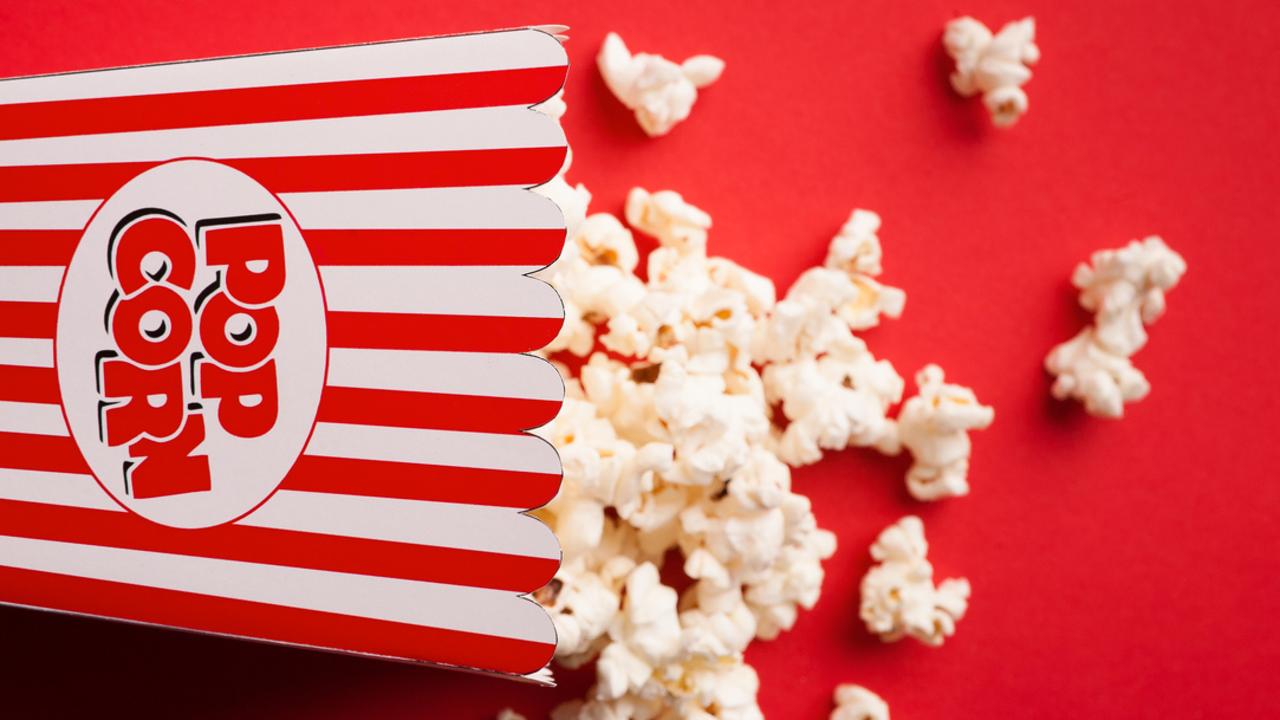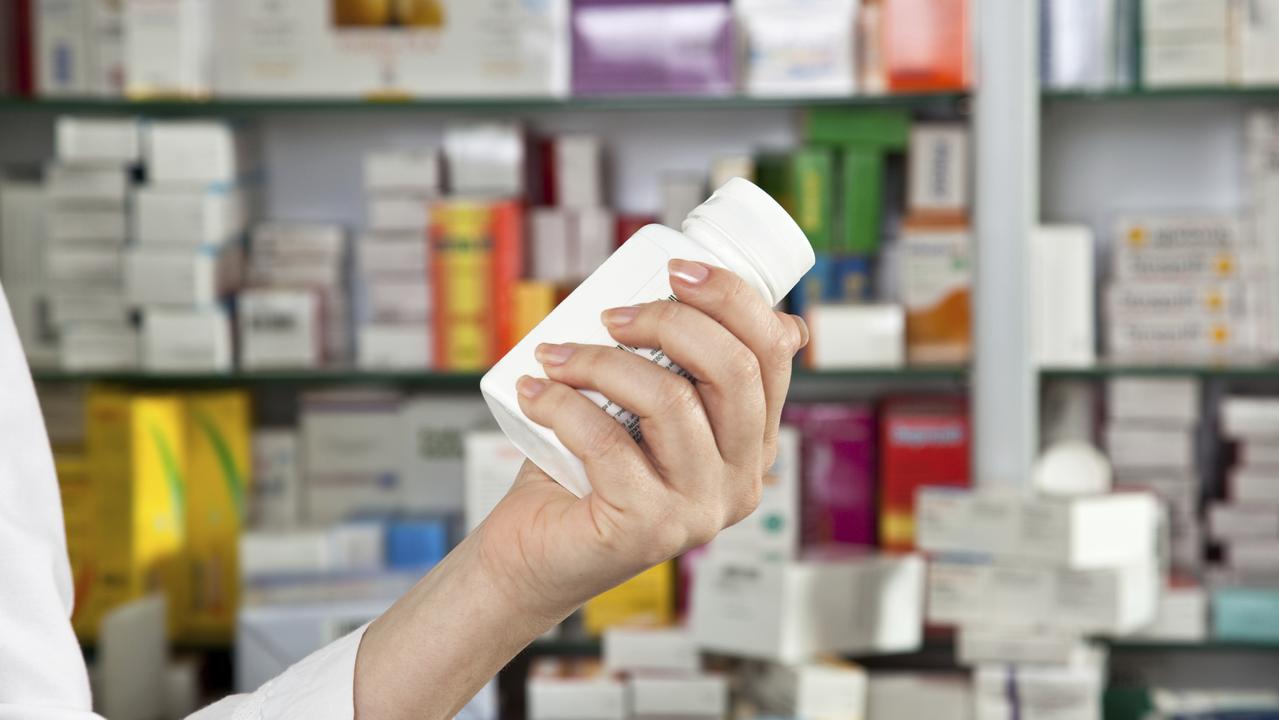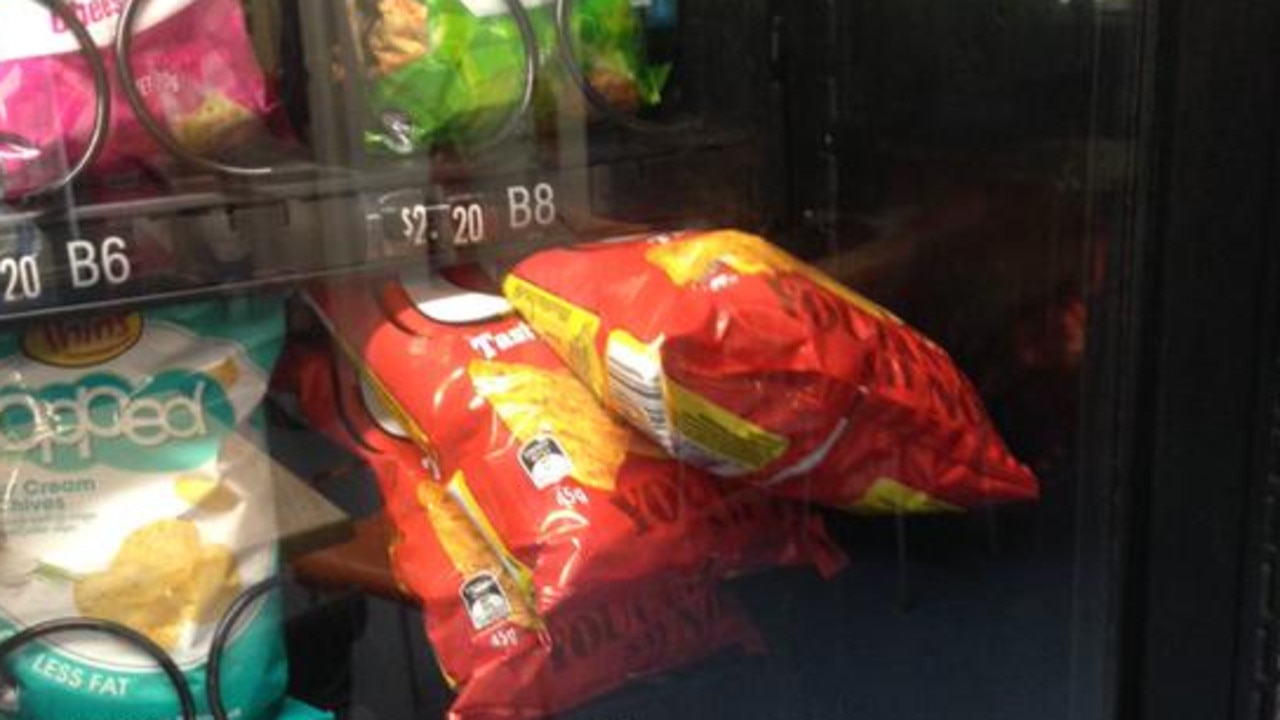10 of the biggest ways consumers are overcharged
You’re constantly being fleeced but some businesses have taken profit-making to the next level. These are Australia’s biggest rip-offs.
Being ripped-off is a sad fact of life — especially if you are at the airport — but some charges take profit-making to the next level.
With trust in our banks and government at an all-time low, Australians are seeking information on how to get on top of their finances and avoid getting slugged extra.
Starting today, news.com.au is launching its new series Rip-off Buster, providing readers with practical cost-of-living advice and hacks on how to help get a better deal — all with the goal of helping you to become financially fit.
Here are 10 of the biggest rip-offs to look out for.
1. POPCORN
Going to the movies can be one of the biggest rip-offs when it comes to booking fees, food and drinks. But one of the biggest examples of price-gouging is the cost of popcorn.
Cinemas put a staggering mark-up on the price of popcorn when you consider you can buy a 100g bag of popping corn for about $1.95 that makes about eight servings.
In comparison, most major cinemas will charge you $8 for a SMALL box of popcorn.
Even some of those much-maligned hipster bars give away popcorn for free — it’s that cheap.
Cinema operators justify their high prices by saying they don’t make much money on tickets so need the extra profits from food sales to boost their revenue.
But with most people already paying about $15 a ticket it doesn’t make for a cheap night.

2. RENTAL CARDS
Paying your rent is one of life’s necessary evils but even this straightforward transaction can be subject to profiteering.
Some real estate agents may encourage you to use their paycard to deposit your rent instead of using direct debit.
You get a snazzy card with BPAY details on it (which could be just as easily provided in a letter) that you can also use to claim discounts on things like shopping, hotels or movie tickets.
But as always, you don’t get anything for free (even a plastic card) and it can cost you $0.75 every time you use it. If you pay your rent fortnightly this will set you back $19.50 a year. This may not seem like much but you are basically being charged for paying your rent!
3. CAKEAGE
This is an insidious charge aimed at discouraging people from bringing birthday cakes into restaurants and is guaranteed to ruin the festive atmosphere.
Being embarrassed by your friends and family singing Happy Birthday used to be a rite of passage and if you’ve managed to drag a decent group of mates along then it’s also a nice earner for restaurants.
But some venues are now charging cakeage and justify this by saying they have to wash the plates and cutlery used. It’s actually more about the money they lose on their desserts if people eat BYO cake instead.
This is why many cakeage charges are about $4 per person and this can quickly add up. Suddenly you find yourself paying $40 in cakeage for a group of 10 people to eat a cake you probably also spent $40 buying yourself. That’s $8 per person for eating your own cake!

4. BOTTLED WATER
This is quite possibly the scam of the century. If you live somewhere with clean tap water you are literally paying for something you could get for FREE.
Tests have also shown bottled water can be more acidic and wouldn’t pass stringent tap water tests in Australia.
Yet people pay up to $6 for a bottle of this stuff. The cost is even higher when you consider how damaging the plastic bottles are to our environment.
5. VITAMIN WATER
Just one step behind paying for water, is paying for “nutrient-enhanced” water.
Don’t fall into the trap of thinking they provide health benefits; these beverages have been described as “expensive lolly waters” that also provide about a third of the recommended sugar intake for the average adult woman.
Consumer advocates Choice named Glaceau Vitamin Water as one of its Shonky Award winners in 2008.

6. BOOKING FEES
The excitement of scoring tickets to your favourite band or comedian can quickly turn to anger when you realise you are being slugged almost $9 for transaction and handling fees — even though you are booking online and expected to print the ticket out yourself.
Cinemas are also notorious for this, with some charging a booking fee of $1.50 per ticket.
As Choice has previously pointed out, the charge is even more absurd because cinemas would likely be saving money when moviegoers buy tickets online as this means they need less staff at the box office.
What a rort.
7. REPACKAGED SNACKS
Don’t you love it when convenience stores or street stalls offer thoughtful little plastic containers of lollies and nuts for you to grab on the go?
Except these little bundles sometimes cost about $5-$6 when you could buy a whole bag of frogs, freckles or other lollies for about $3 at the supermarket.
Basically you’re paying about four times the price for the lollies to be put in a different container and sold to you when your blood sugar is low enough to succumb to this rip-off.
8. GENERIC VS BRANDED MEDICINE
Many shoppers may be reluctant to chose a generic product over a brand they trust, but they are paying dearly for it.
The generic versions must contain the same active ingredient and have the same effect. They are also tested by the Therapeutic Goods Administration just like any other medication to ensure they are safe.
The only difference will likely be the other inactive ingredients, which is why they don’t always look or taste the same as the original.
This doesn’t change how effective the medicine is and in some cases the generic brand is produced by the original manufacturer.
There are cases when it may be better to stick to the original. For example someone who has Alzheimers may be confused by any change to how their medication looks, and patients with epilepsy could be at risk of seizure because the inactive ingredients may change the level of active ingredients in their blood stream.
But for others, if the medicine has the same effect, you can be paying a lot more just for the marketing of the product.
Something to think about.

9. REFERRAL AND SCRIPT FEES
If you’ve ever needed to see a medical specialist you know you can’t just waltz in. First you need to get a referral letter from your GP.
If your doctor doesn’t bulk bill you can find yourself forking out about $80 for a basic appointment. Even once your Medicare rebate of about $30 is subtracted, the out-of-pocket costs can be about $50. These referral letters generally only last a year so if you need to go back to the specialist for a follow-up appointment you have to pay another $50 for the letter just so you can see your specialist again.
Ditto for extra prescriptions. You may already have paid for a doctor’s consultation to get the original script but if you need to get a copy faxed to your chemist you can be charged a staggering $20 for the privilege. That’s $20 for someone to send a fax!
Australian Medical Association ethics and medico-legal committee chair Dr Chris Moy said he understood the frustration around repeat prescriptions but doctors needed to see patients regularly to ensure the medication is still suitable for them.
He said it also took time for doctors to write scripts as they need to look back at the patient’s history and to make sure they hadn’t been on the medication too long without a check-up.
“I’m taking on medical responsibility so I make sure it’s OK for me to pass on the prescription,” he told news.com.au.
However, there is growing evidence that forcing patients to get monthy prescriptions does not improve health outcomes and Dr Moy said the AMA had supported changing rules to double the prescription length for certain drugs used treat minor conditions like high cholesterol. This would make medicines cheaper for patients with long-term health conditions but the idea was not supported by the Pharmacy Guild of Australia.
When it comes to GP referrals, Dr Moy said forcing patients to see their doctor first stopped them from seeing specialists unnecessarily, which could cost them more and also clog up the system for those who really needed treatment.
“Referrals only last 12 months because most conditions can be handled in 12 months,” he said.
But Dr Moy acknowledged that some conditions require review and others can be lifelong and suggested asking a GP for an indefinite referral if you need to keep seeing a specialist.
10. VENDING MACHINE CHARGES

These junk food dispensers can be bad for your wallet and not just your waistline.
New machines now allow you to pay for your candy using a credit card but watch closely and you’ll soon realise you aren’t being charged the advertised price when you pay electronically.
This extra charge is often only shown if you watch the display carefully as your credit card is being processed. You might think you’re paying $2.80 for a Kit Kat but your credit card statement shows $3.
It’s definitely not a sweet deal, especially when you consider you can get the same chocolate bar for about $2 at the supermarket.
What are the dodgy rip-offs that drive you mad? Tell us your biggest frustration in the comments below and news.com.au will chase it up.




